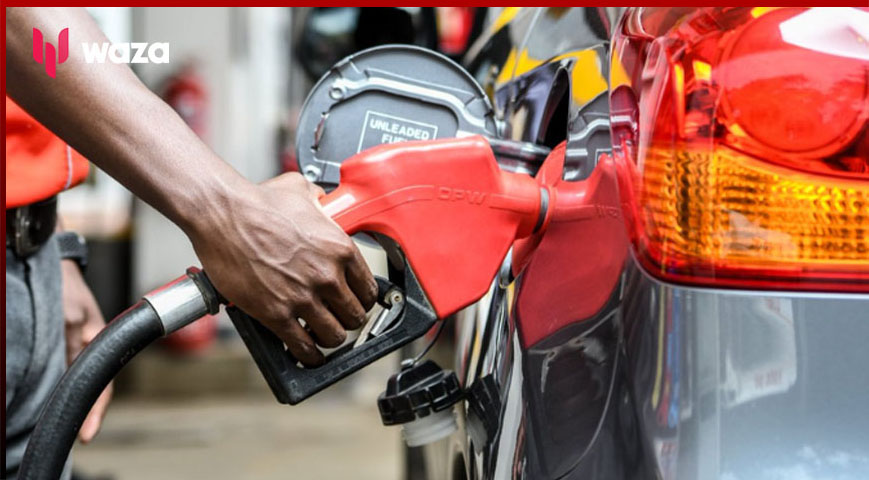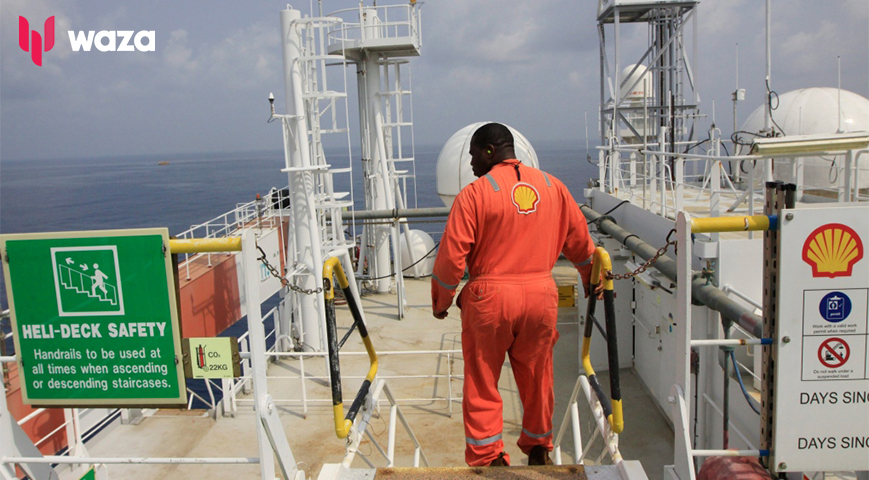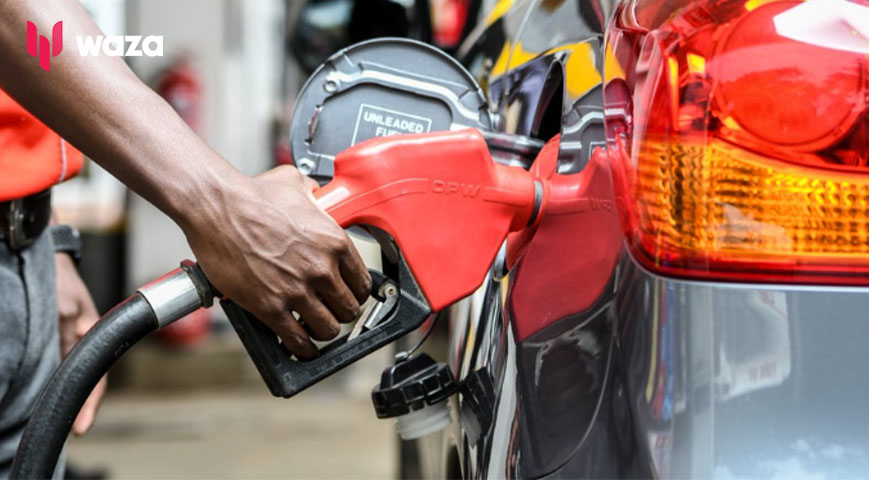Fuel consumption in Kenya between January and August 2023 reached historic lows, even as the government implemented measures to lower prices, according to new data from the Kenya National Bureau of Statistics (KNBS).
The KNBS Lead Economic Indicator revealed that petrol consumption dropped by 4%, diesel by 2.5%, and kerosene by a significant 41.29%. Kenyans consumed 938,300 metric tonnes of petrol during the period, down from 984,330 metric tonnes in the same period last year. Diesel consumption decreased by 3,675 metric tonnes, while kerosene saw the sharpest decline, dropping from 42,600 metric tonnes to 25,010 metric tonnes.
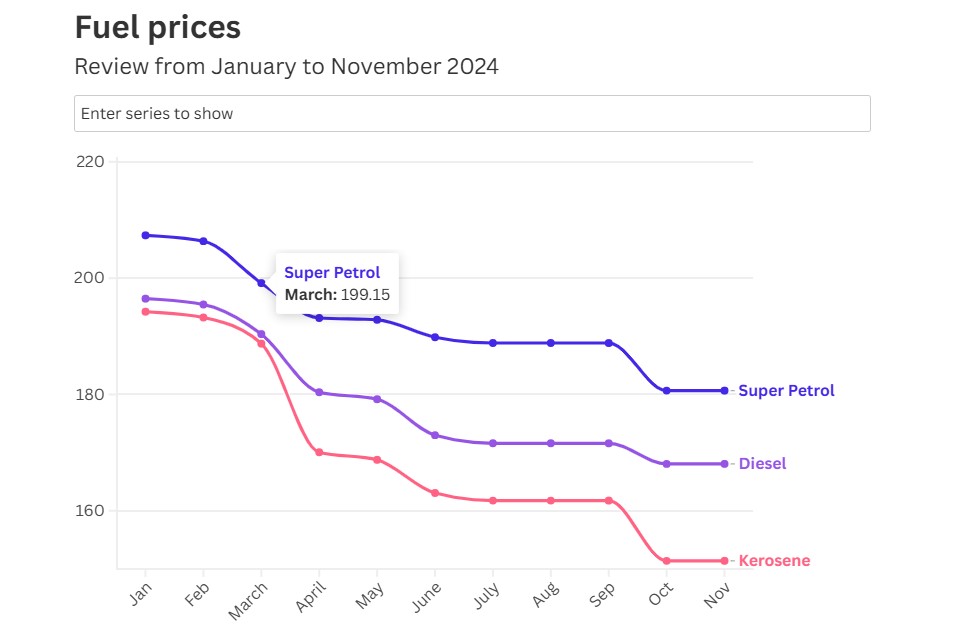
This decline occurred despite fuel prices reaching their lowest levels in 19 months, partly due to reduced import costs. In October, the Energy and Petroleum Regulatory Authority (EPRA) set pump prices at Ksh.180.66 for super petrol, Ksh.168.66 for diesel, and Ksh.151.30 for kerosene in Nairobi—figures that remained unchanged during the November pricing review.
Did you read this?
Globally, falling oil prices contributed to the reduction, alongside a strengthening Kenyan shilling, which appreciated from Ksh.160 to Ksh.129.5 against the dollar. The government’s oil-import arrangement with Gulf nations, allowing for deferred payments, further eased pressure on the local currency.
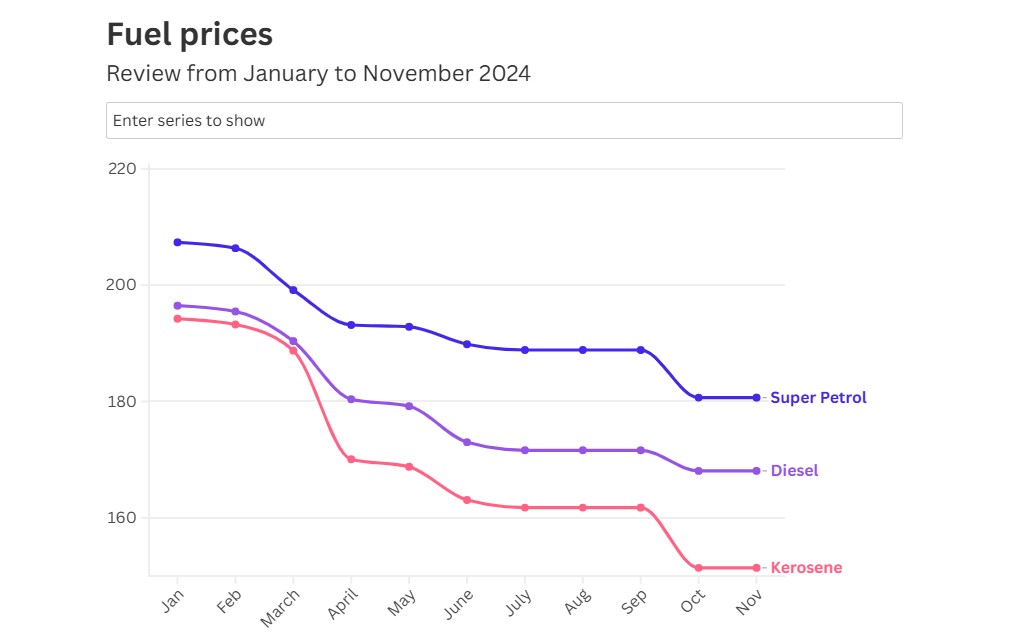
Despite these measures, many Kenyans expected greater reductions in fuel prices. Critics pointed to the government's decision to increase the Road Maintenance Levy Fund (RML) from Ksh.18 to Ksh.25 per litre in November, a levy used for maintaining public roads.
The government, however, assured the public that the increased levy would not lead to higher fuel costs. Roads Principal Secretary Joseph Mbugua stated, “We confirm to Kenyans that there will be no increase in fuel prices. Measures are in place to ensure the levy adjustment does not affect the current prices.”

